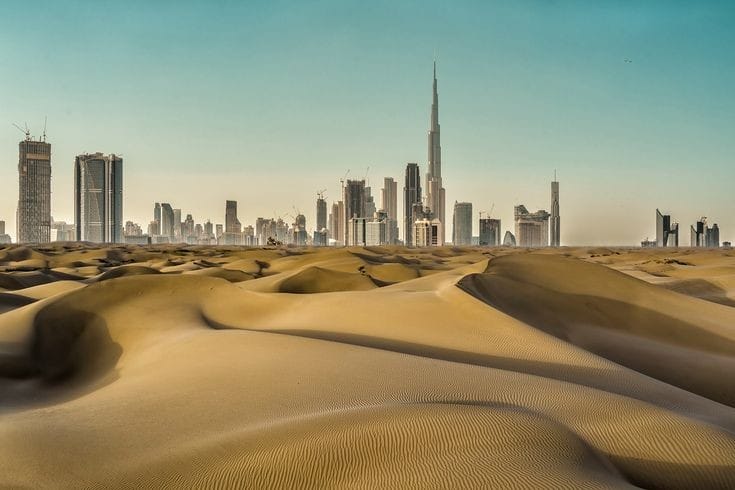The United Arab Emirates (UAE) has become one of the most popular tourist destinations in the world, attracting millions of visitors each year. The growth of tourism in the UAE has had a significant impact on the country’s building design and construction, with a focus on creating iconic, world-class structures that attract visitors and contribute to the country’s image as a global hub for tourism.
One of the most notable impacts of tourism on UAE building design and construction is the emphasis on creating iconic, visually striking buildings. The Burj Khalifa, for example, was designed to be a global landmark and a symbol of Dubai’s ambition and innovation. Its towering height and sleek, modern design have made it one of the most recognizable buildings in the world and a major tourist attraction in its own right.
Other buildings in the UAE have been similarly designed with tourism in mind, with a focus on creating structures that are visually striking and unique. The Burj Al Arab, for example, is shaped like a sail and is often described as the most luxurious hotel in the world. The Emirates Towers, meanwhile, feature a distinctive, postmodern design that has made them a popular destination for architecture enthusiasts.
The focus on creating iconic buildings in the UAE has also led to a greater emphasis on innovation in building design and construction. Many of the country’s most famous buildings, such as the Burj Khalifa and the Dubai Frame, incorporate cutting-edge technologies and innovative building materials to achieve their ambitious designs. This focus on innovation has helped to establish the UAE as a global leader in architecture and engineering.
Tourism has also had an impact on the types of buildings being constructed in the UAE. With a growing number of visitors to the country, there has been a greater demand for hotels, resorts, and other hospitality-related buildings. The result has been a boom in construction of high-end hotels and resorts, many of which are designed to be destinations in their own right.
The growth of tourism in the UAE has also led to a greater focus on sustainability in building design and construction. With concerns about the environmental impact of tourism, there has been a greater emphasis on creating buildings that are energy-efficient and environmentally friendly. Many of the country’s new buildings incorporate features such as solar panels, green roofs, and rainwater harvesting systems to reduce their impact on the environment.
The impact of tourism on building design and construction in the UAE is not without its challenges, however. The emphasis on creating visually striking buildings and destinations can sometimes come at the expense of functionality and practicality. In addition, the rapid pace of construction in the country has raised concerns about sustainability and the long-term impact of new buildings on the environment.
In conclusion, the growth of tourism in the UAE has had a significant impact on building design and construction in the country. From iconic, visually striking buildings to innovative and sustainable designs, the country’s architecture reflects its ambition and its role as a global hub for tourism. While there are challenges associated with the rapid pace of construction and the emphasis on creating iconic buildings, the UAE’s focus on innovation and sustainability in building design and construction will help to ensure that its architecture continues to evolve and impress in the years to come.





